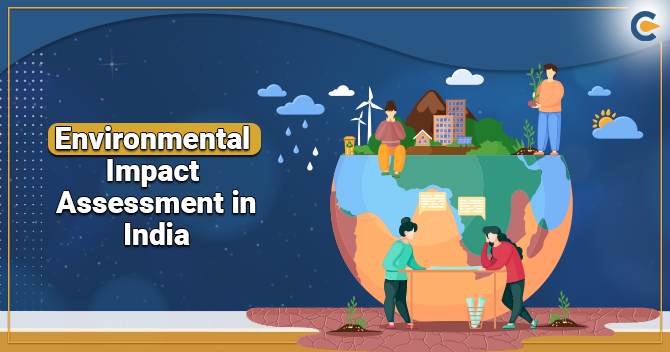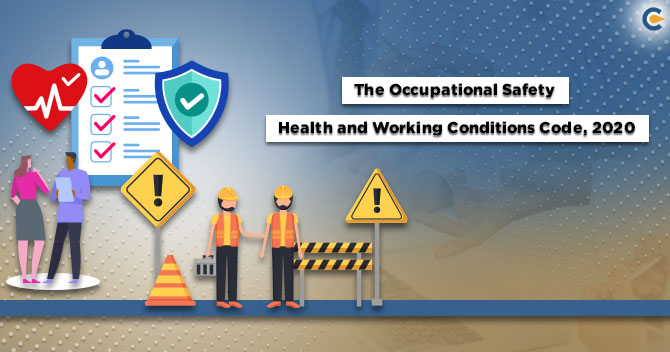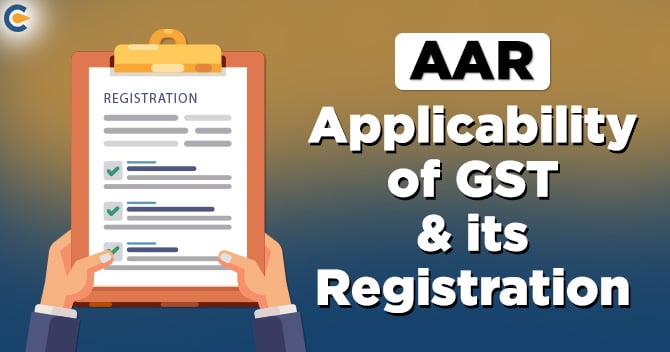The Environmental Impact Assessment (aka EIA) is the process of estimating the probable environment impact of a proposed development or project, considering cultural and human-health impacts, inter-related socio-economic, both beneficial & adverse. In this blog, we would delve deeper into the significance of the Environmental Impact Assessment and explain it in brief.
Role of Environmental Impact Assessment in Real-World Scenario
As per UNEP, the EIA is a tool that helps in identifying the environmental, economic & social impacts of a project before decision-making. It aims to forecast ecological impacts at an initial stage during project planning & design, identify methods to minimize negative impacts, outline projects to meet the local environment, and render predictions and alternatives to decision-makers. Environment Impact Assessment i.e., EIA is regulated by the Environment Protection Act, 1986, which entails numerous provisions on the EIA process and methodology.
On March 12, 2020, the Ministry of Environment, Forest, and Climate Change (MoEFCC) rolled out the new draft Environment Impact Assessment (EIA) 2020. Numerous inputs have been accumulated from the general public on the draft.
Questions have been put upfront, such as deduction in the period allocated for public hearings, the extended timeline for the compliance report’s submission, and the regularization of projects via ‘post-facto clearance.
The government has given the assurance that it will put its best effort into ensuring the perfect balance the environmental and developmental concerns. As soon as the EIA is finalized, it is anticipated to incorporate numerous stakeholders’ viewpoints in a balanced manner. What the primary objectives of EIA?
What are the Objectives of Environment Impact Assessment?


Significance of Environmental Impact Assessment
Even though there is some irrationality in the process, Environment Impact Assessment has some measurable benefits that cannot be undermined.
- It set-up a connection between environmental protection & development so that either of them can be addressed simultaneously and together accomplish the objective of long-term growth.
- Environment Impact Assessment renders a legitimate framework for the project with reduced environmental damage.
- EIA identifies the list of factors such as technological risks, excess cost related to ecological impact & renders an extended period to address this before the projects start.
- In light of the processes such as public hearing, it makes sure that individuals who are going to be influenced by the project must be engaged with the project’s affiliation process.
- It provides economical methods to mitigate the impact of projects on the environment.
- It helps in preventing natural calamities such as landslides and floods.
- It promotes a good relationship between the government, developers, Environmentalist, and the people around them.
- EIA helps minimize judiciary burdens, as many projects can confront legal disputes in the absence of the proper study.
- These advantages make this process imperative before the commencement of any project.
Public consultation is one of the vital steps in the EIA process. The aim of incorporating it is quite clear: Informing locals about the project through the awareness programs provide them a chance to share the concerns upfront, aid project handlers understand & overcome local impact by discussing with people.
Projected Goals under Environmental Impact Assessment
- Fostering information regarding environment Impact assessment among the masses becomes essential today, and the government should put their best effort to initiate this.
- Providing fiscal aid and human power during the evaluation is imperatives.
- Providing excellent financial support and human power during the assessment is necessary.
- The effort must be made to deploy the latest tech, such as Block chain Technology, for better outcomes.
- Promoting equal participation of all people regardless of gender and class in decision-making will also be helpful.
- The EIA barely looks like a theoretical paradigm that is far away from practicality. To counter this, we must make an effort to change stack holders and the government’s attitude so that everyone considered it seriously.
- An autonomous National Environment Regulatory must be set up, and it should have ample power at its disposal to operate seamlessly.
- A legit institution must be set-up similar to National Sample Survey Office (NSSO), and the aim of these institutions will be only to gather the legit data related to the environment[1].
Current Process Regarding the Environmental Impact Assessment
As per the EIA notification 2006, public consultation is performed in two ways. First, written comments are put upfront on the draft report from stakeholders. Second, a public hearing is organized at the proposed project site. The process seems to have a lot of potential and it provides chances to address public complaints & feedback.
Unfortunately, the process is compromised with gaps, making it entirely inefficient. One of the significant downsides is that public consultation only comes into the picture when the draft EIA report is prepared and ready for expert approval. Such protocols mitigate the significance of public feedback.
Conclusion
Environmental Impact Assessment is a process of incorporating the environmental factors into project planning & decision-making to accomplish ecologically sustainable growth.
EIA pinpoints risk related to environment, reduces dispute by advocating community gathering, reduces negative environmental effects, inform decision-makers, and help in setting up the base for environmental-sound projects. However, it can be only possible through the integration of sustainability of EIA theory and concept. Many problems need to be resolved further if the notion is to be translated into real-world strategies.
Sustainability can provide EIA with crystal clear direction, an ethical foundation, a framework for setting up priorities, and method of linking EIA to environmental management instruments. Theoretically, EIA & sustainability can be linked with minimal efforts if the framework refined, adaptive in nature, and connected to related initiatives. Sustainability must find its way into EIA legislation, guidelines, and institutional arrangements.
Read our article:An Outlook on Environmental and Healthcare Sector under an NGO











